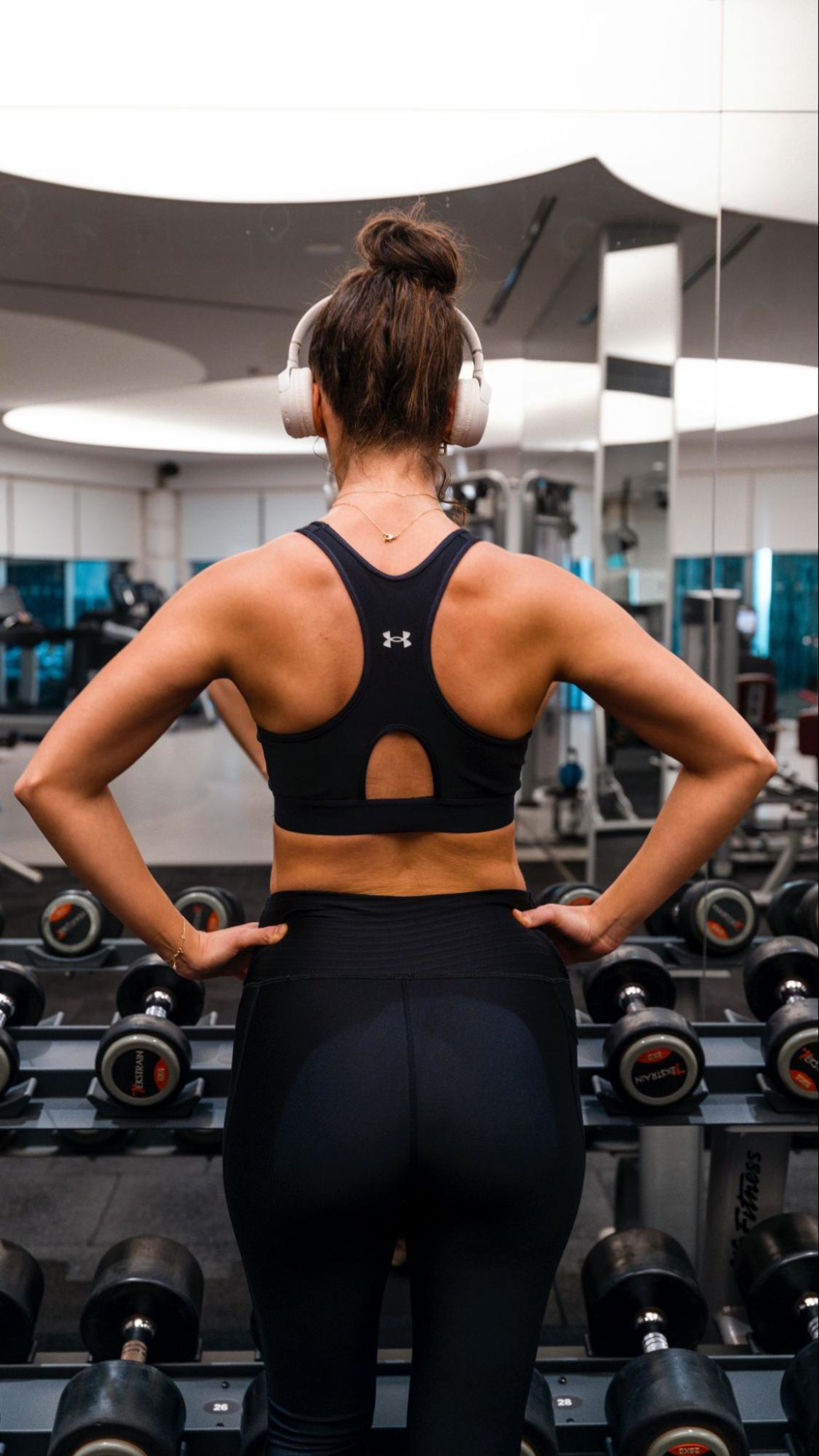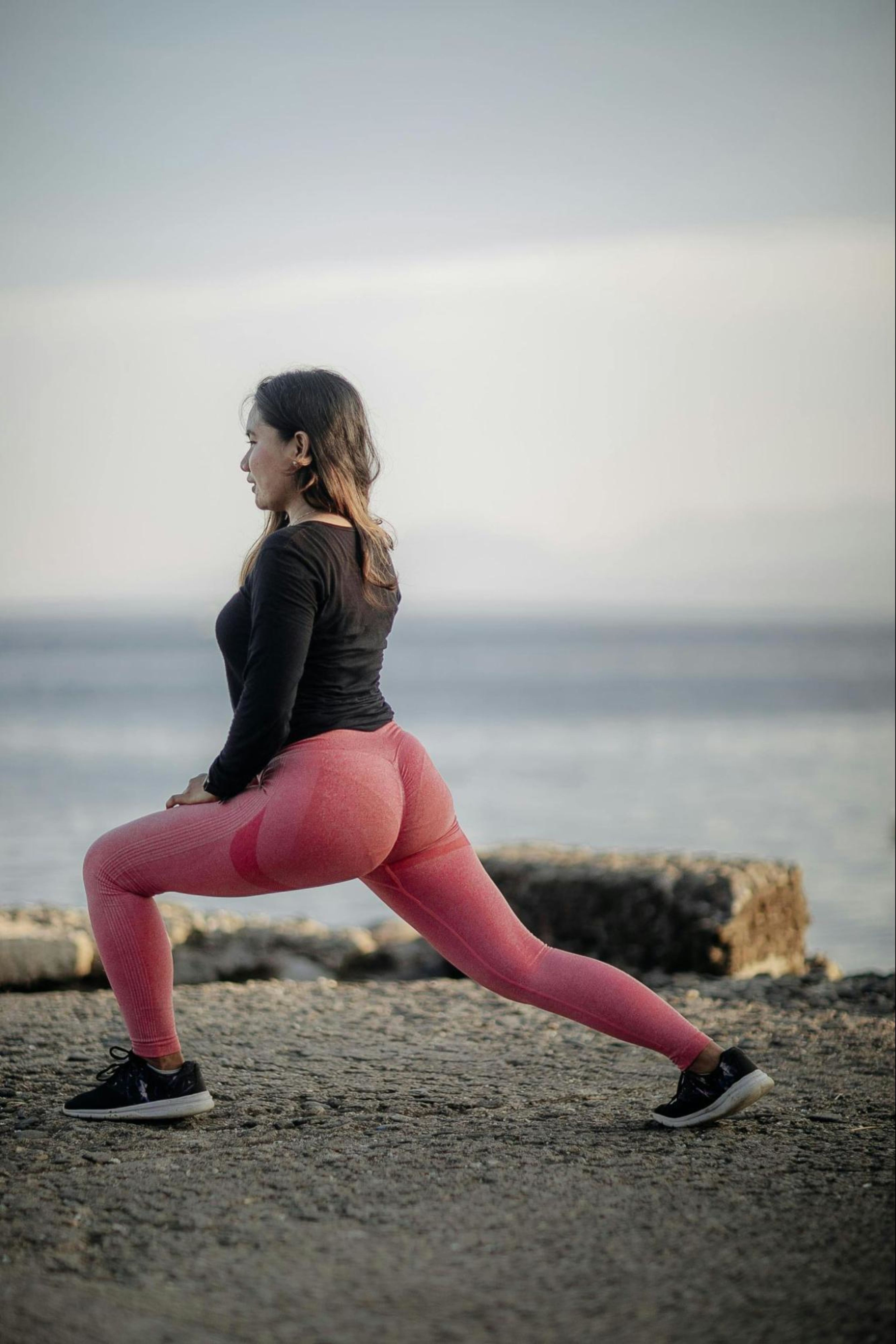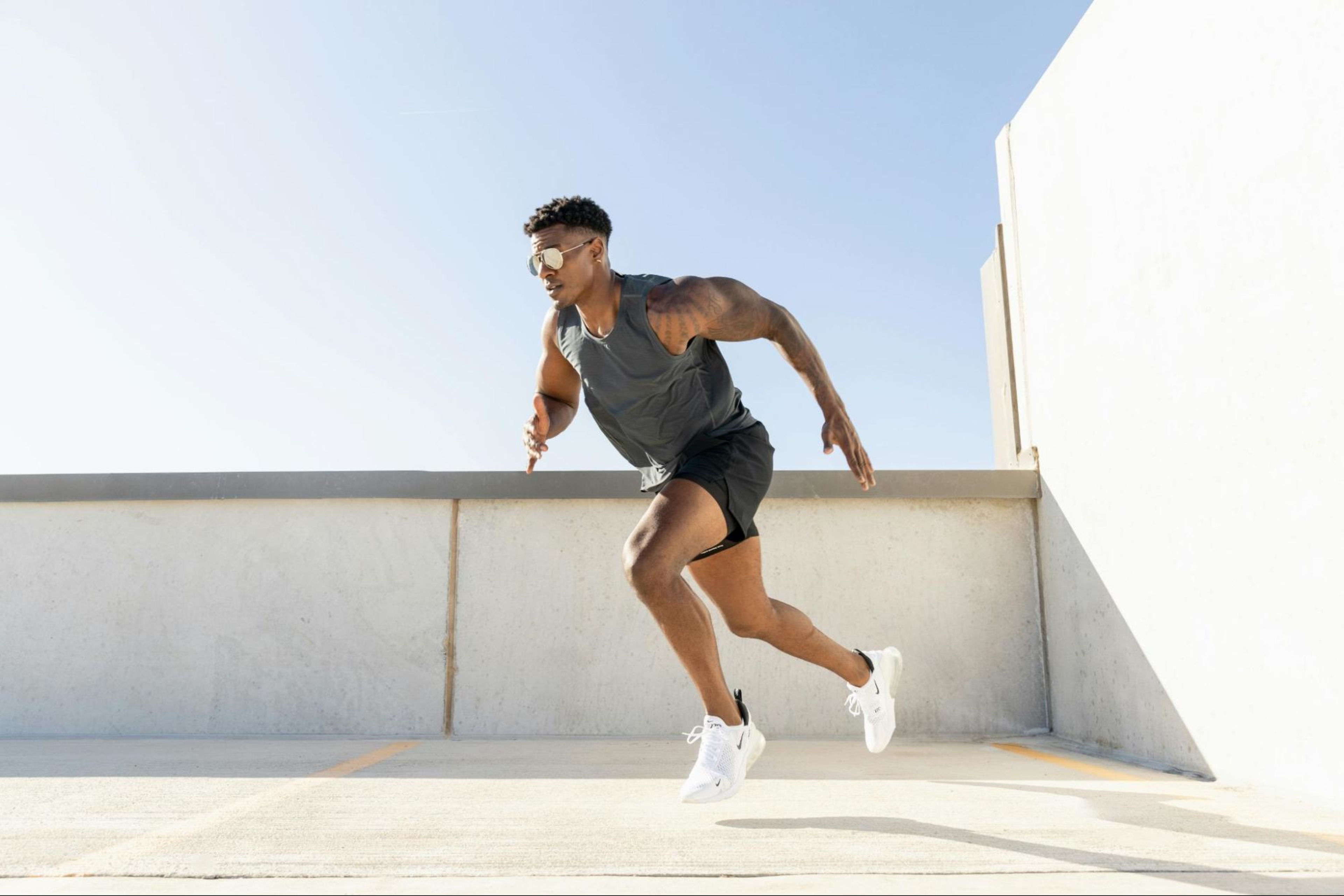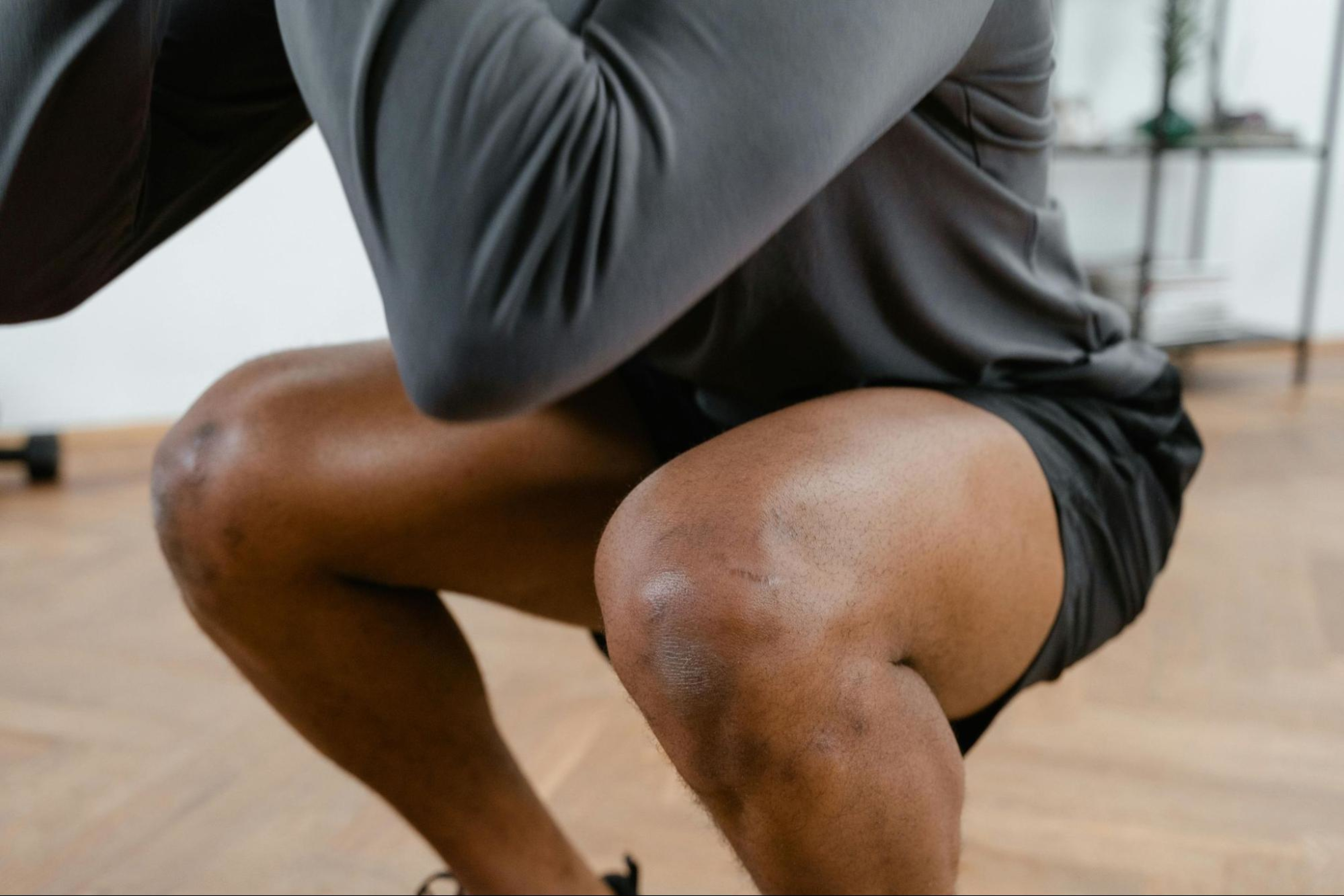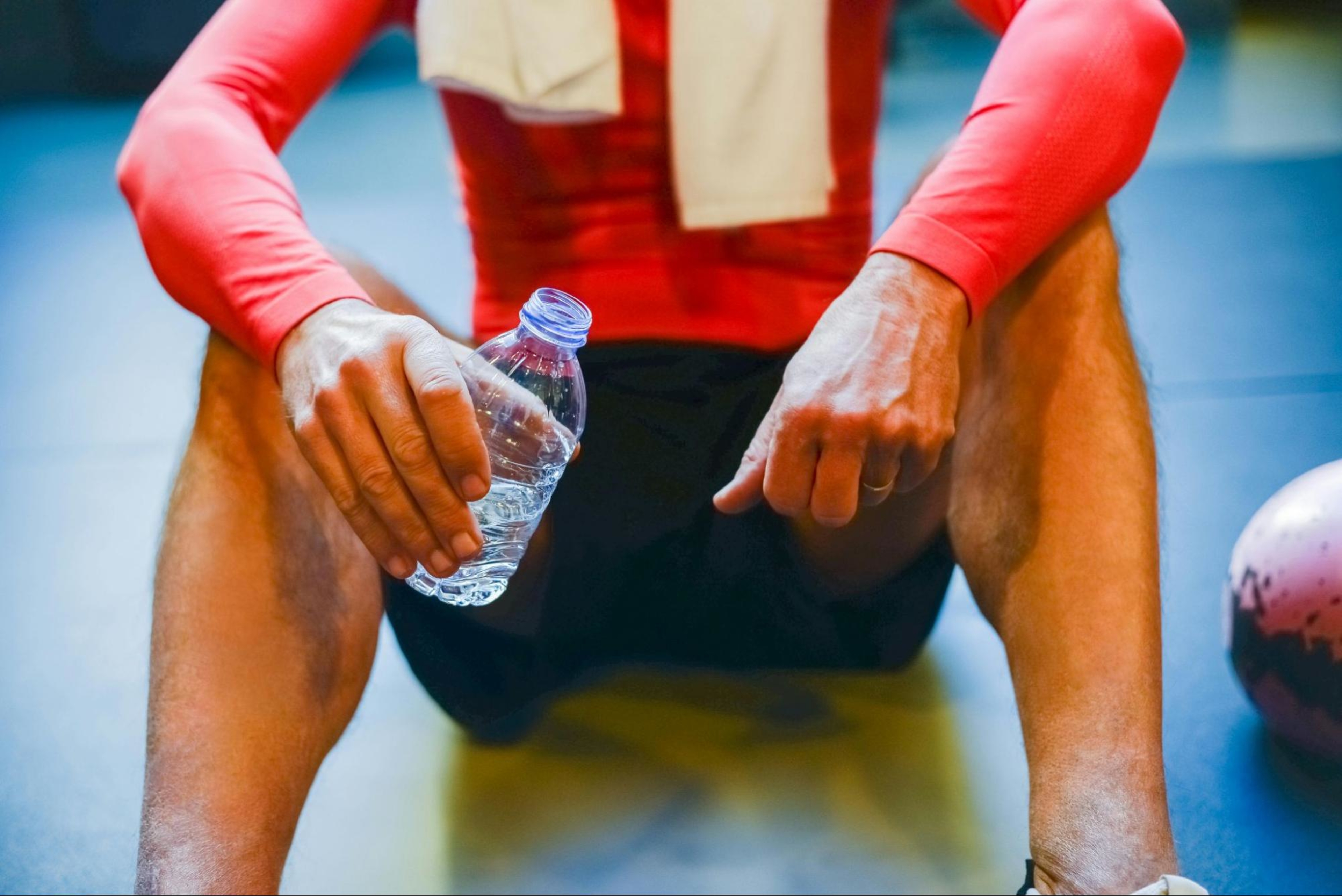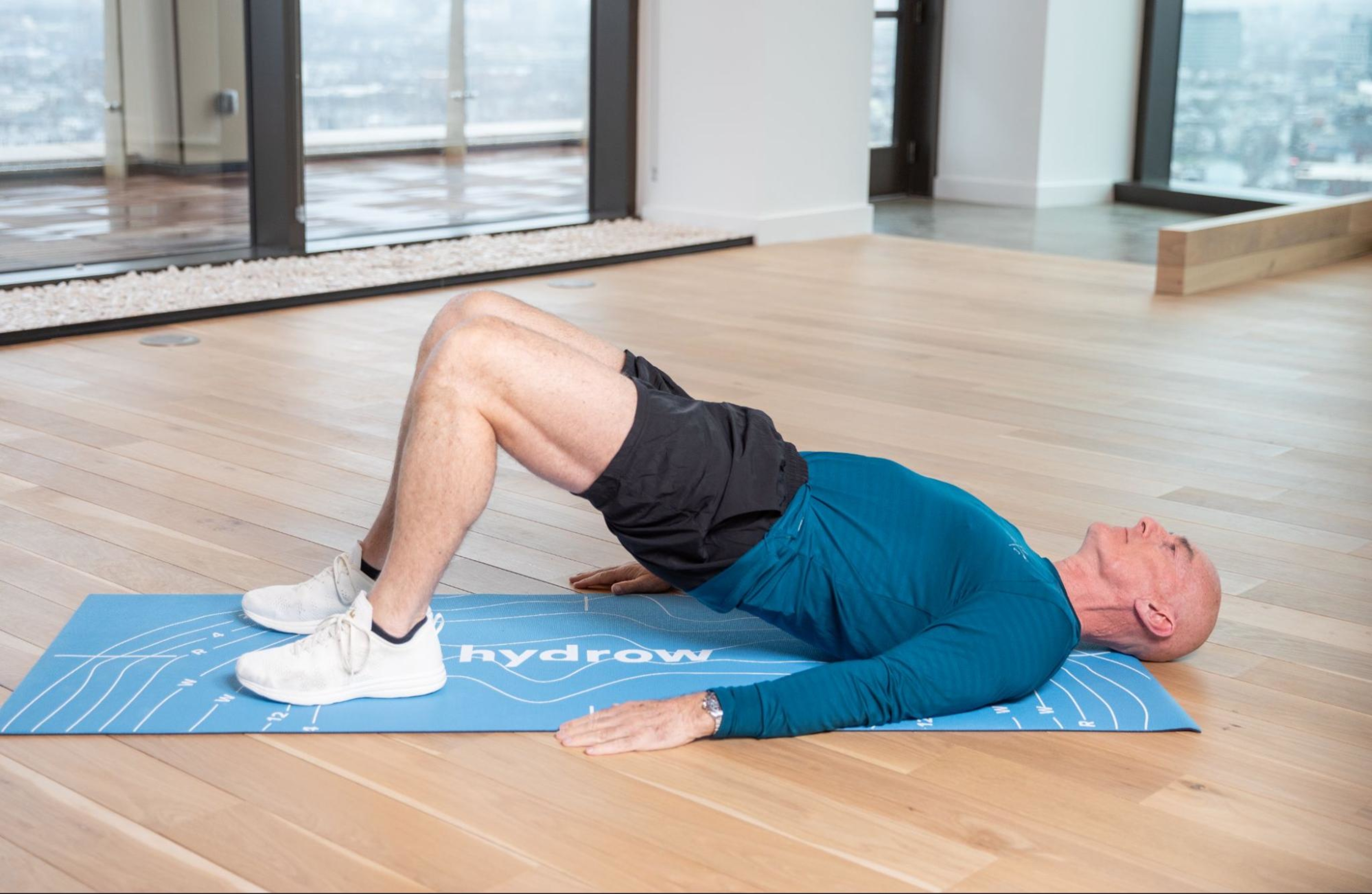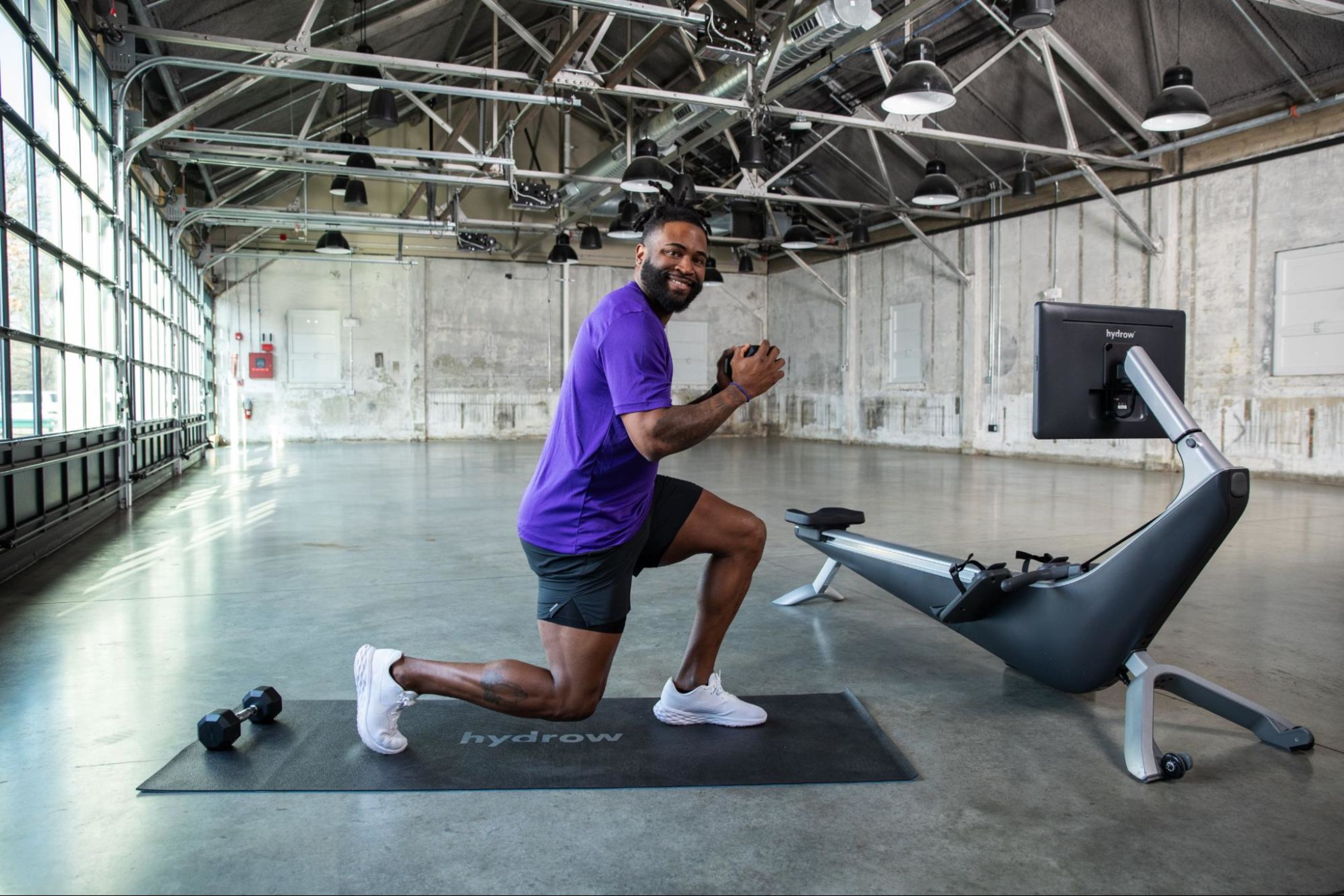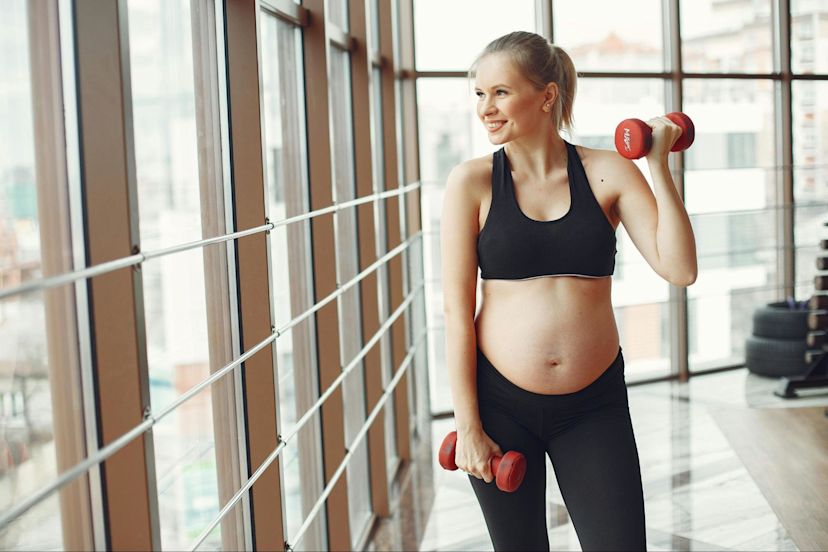How to Build Glute Muscles: Your Guide for Boosting Muscle and Strength

Strong glutes do way more than just look good—they’re key players in helping you move better and feel stronger. From improving your posture and balance to powering your performance in workouts and everyday life, well-trained glutes can even ease knee and back pain and help prevent injuries.
Whether you're climbing stairs, crushing a workout, or just chasing after your kids, strong glutes make it all feel smoother and more efficient.
Ready to level up your glute game? This blog breaks down everything you need to know, including:
Let’s dive in!
What are the glute muscles?
Your glutes, or butt muscles, are a group of three muscles on your posterior pelvis above your hamstrings. They stabilize your pelvis and help move your hips as you run, walk, and generally move around. These three muscles include:
Gluteus maximus: The largest of the three muscles and the largest muscle in your body, the gluteus maximus is the muscle you see in the mirror. It generates force so you can move, keeps your hips balanced, and ensures your upper body is stable and upright.
Gluteus medius: The gluteus medius is found under the maximus and helps rotate your thigh and move your leg away from your body.
Gluteus minimus: The smallest of the three muscles, the gluteus minimus is located under the medius and also assists with thigh rotation and hip stability.
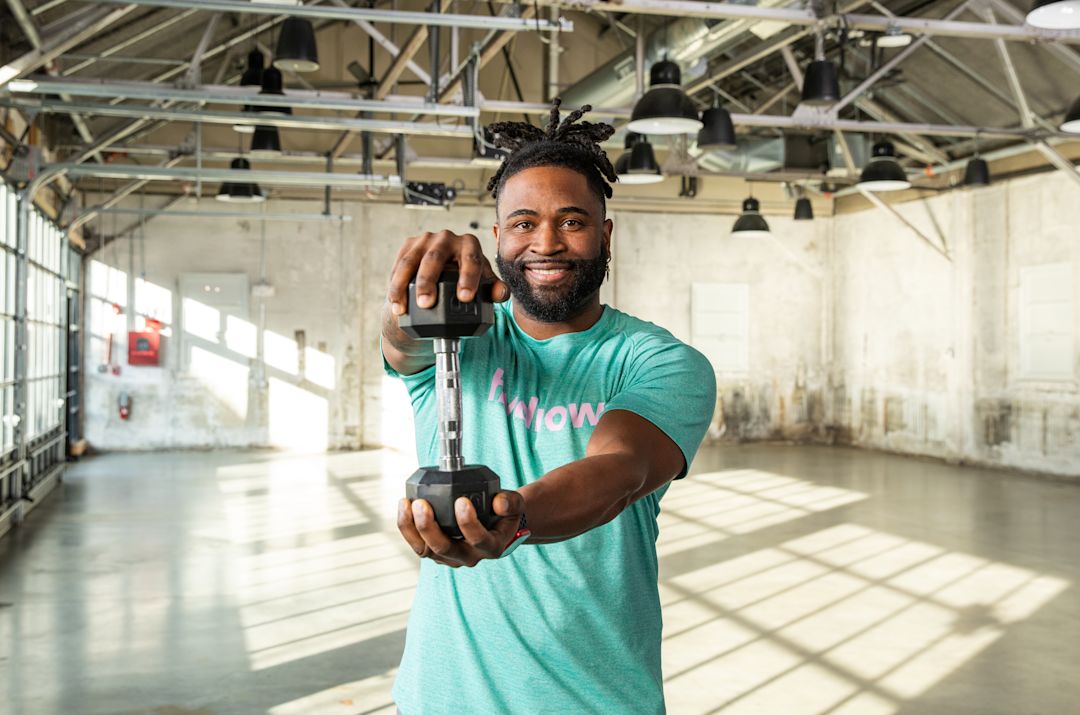
Explore Hydrow's library of strength training workouts.
Key principles for building glute muscles
A solid strength program for any muscle group (including your glutes!) should include the following principles for best results:
Consistency: Sticking with a regular training schedule will help you reach your goals and minimize injuries. Targeting glute muscles two to three times a week is a good schedule for building strength and growth.
Progressive overload: While consistency is important, if you do the same thing over and over for weeks at a time, your progress will stall. As muscles adapt, continue to challenge them by adding more weight or reps. You can also adjust recovery time between sets or change the exercises.
Specificity: There are plenty of full-body exercises that will work your glutes. But for the most effective progress, exercises targeting the glutes specifically are key.
Variation: Add variety by using different exercises and training techniques, such as doing supersets or changing your stance for a different angle.
Mind-muscle connection: Focusing on the muscle you’re working enhances the activation of the muscle, improving your workout results. Staying focused on the muscle improves your form, leading to better results and fewer injuries.
Recovery: Recovery days between strength workouts are vital for muscle growth. Muscle tissue repairs and rebuilds itself during rest, so recovery days are an essential part of your routine.
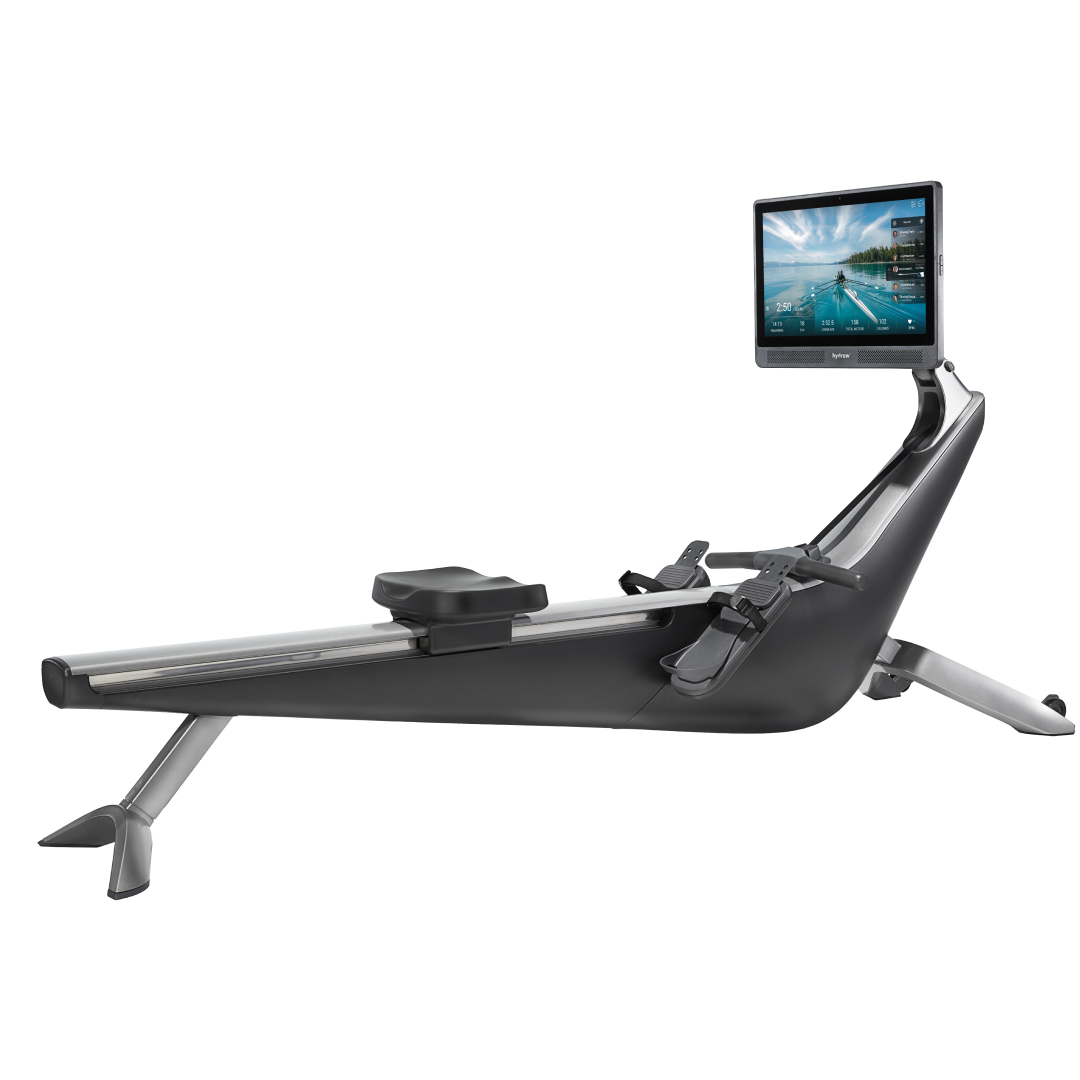
Cardio and strength, combined
Burn calories and build muscle with steady, natural movements.
The best exercises to grow your glute muscles
There are dozens of exercises that help build your glutes. And great news—these six exercises don’t need much equipment to get started and can be done almost anywhere:
Glute bridge
Standing glute kickback
Clamshells
Single-leg Romanian deadlift
Lateral band walk
Sumo squat
1. Glute bridge
Start lying down on your back on a mat or other cushioned surface.
Bend your knees and plant your feet a few inches in front of your knees. Your arms can be flat by your sides.
Engage your core by tilting your pelvis toward your belly button.
Press through your heels to lift your hips until your body forms a straight line from your knees to your shoulders. Pause here briefly.
Slowly and with control, lower your hips back down.
Continue for your desired number of reps.
2. Standing glute kickback
This exercise can be done on a cable machine or with a resistance band.
Stand straight, with a slight knee bend, holding something for balance if necessary.
Loop one end of a resistance band around one ankle, and the other end around a sturdy object such as a table leg or weight machine.
Tighten your core and keep your body upright. Balance on your non-working foot.
Squeeze your glute to move your other leg straight back against the resistance.
Pause, and slowly return to start.
Repeat on the other leg.
3. Clamshells
Lie on your side with your knees bent, and your hips, knees, and ankles stacked.
Tighten your core to prevent your hips from tipping backward.
Keeping your feet touching, lift your top knee by engaging your glutes.
Pause, slowly lower back to start.
Repeat on your other side.
You can make this exercise more challenging by placing a resistance loop around your thighs, just above your knees.
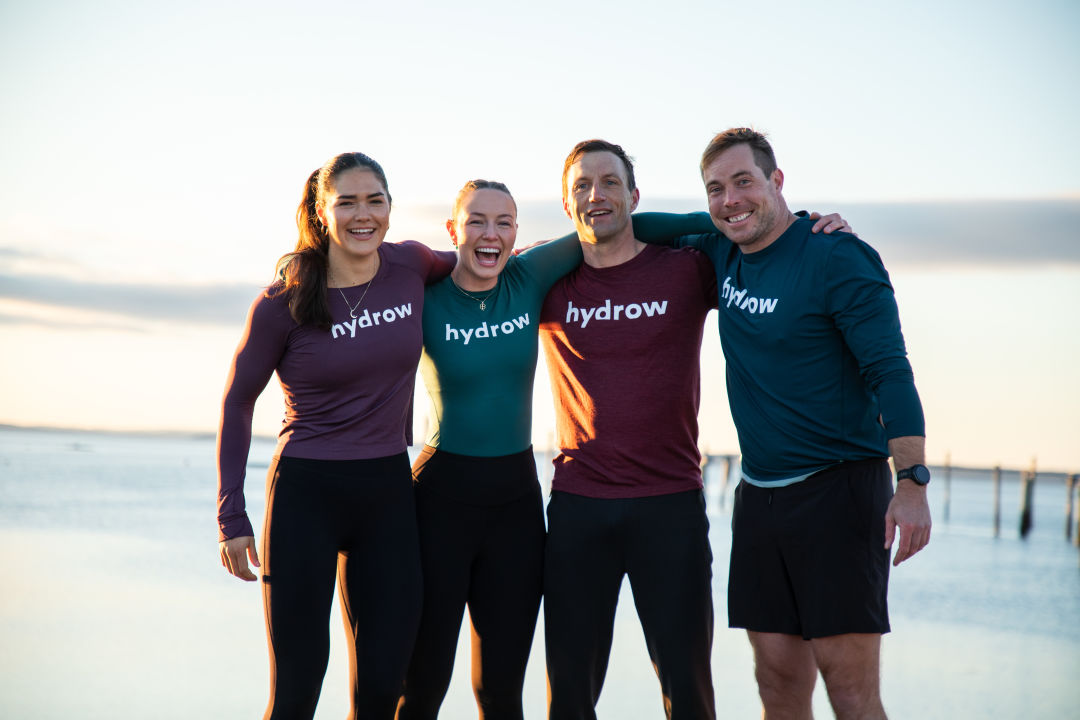
Explore Hydrow’s library of 5,000+ rowing, circuit training, yoga, Pilates, and mobility workouts.
4. Single-leg Romanian deadlift
You can do this exercise without added resistance, but a dumbbell or kettlebell will make it more challenging.
Stand tall with your feet together, holding a weight.
Shift your weight onto your right leg, with a soft bend in the knee and your hips square.
Begin the movement by hinging at the hips, pushing your butt straight back.
At the same time, let your left leg extend straight back for balance.
Keeping your core tight and your back straight, lower the weight down in front of your standing leg until you feel a stretch in your hamstring or until your torso is parallel to the ground.
Squeeze your glute and drive through the heel of your standing leg to bring your torso upright.
Your back leg should simultaneously be brought forward to the starting position.
5. Lateral band walk
You’ll need a resistance loop for this exercise.
Position the resistance loop around your legs just above your knees, and stand with your feet far enough apart to create tension in the loop.
Bend your knees and hinge your hips into a quarter-squat position, keeping your chest up.
Still squatting, step to the right, engaging your glutes against the resistance of the loop.
Continue stepping right for a complete set, then repeat to the left.
6. Sumo squat
Squats are compound exercises that work your quads and hamstrings along with your glutes. A sumo squat targets the glutes and adductors a bit more than a traditional squat position. You can do this move with your own bodyweight or added resistance such as a dumbbell or kettlebell.
Stand with your feet wider than shoulder-width apart and your toes pointed slightly out.
Keep your core tight, chest lifted, and eyes up.
Push your glutes back to hinge your hips, bend your knees to squat down.
Pause, slowly stand up, pressing through your heels, and repeat.
How to structure your glute workouts
If you already do a full-body routine, incorporate a couple glute-specific exercises to help you build your glute muscles. If you prefer to prioritize your glutes, complete a glute-focused workout 1–2 times a week. You can also incorporate more glute exercises on a lower-body workout day that includes quad, hamstring, and calf work as well.
For example:
Choose 4–6 glute exercises.
Complete 2–4 sets per exercise.
Complete 12–15 reps for bodyweight exercises or 6–10 reps if you have added resistance.
Common glute training mistakes to avoid
When training your glutes, there are a few things you should consider to maximize your results (and prevent injury). Here are a few things to avoid:
Not enough recovery: Focused glute training is important for progress, but more is not always necessarily better. As mentioned earlier, rest days are when muscle tissue is repaired and rebuilt. Make sure you leave a minimum of one full day between glute workouts.
Not enough resistance: The glutes are a large muscle group, and they need plenty of resistance to grow and get stronger. Bodyweight exercises will certainly work the glutes, but be sure to work to momentary muscular failure to really challenge your glute muscles.
Poor form: Good form is crucial for strength exercises—especially glute work—since weak glutes or poor positioning can cause your hamstrings and lower back to take over.
Relying too heavily on squats: Squats are often very quad-dominant, so if you’re doing lots of squats on lower-body days, you’ll get plenty of leg work, but it won’t prioritize your glutes.
Not properly warming up: A good warmup will prepare your muscles for work and minimize injuries. Include a bit of cardio, some dynamic mobility, and a set or two with lighter weights.
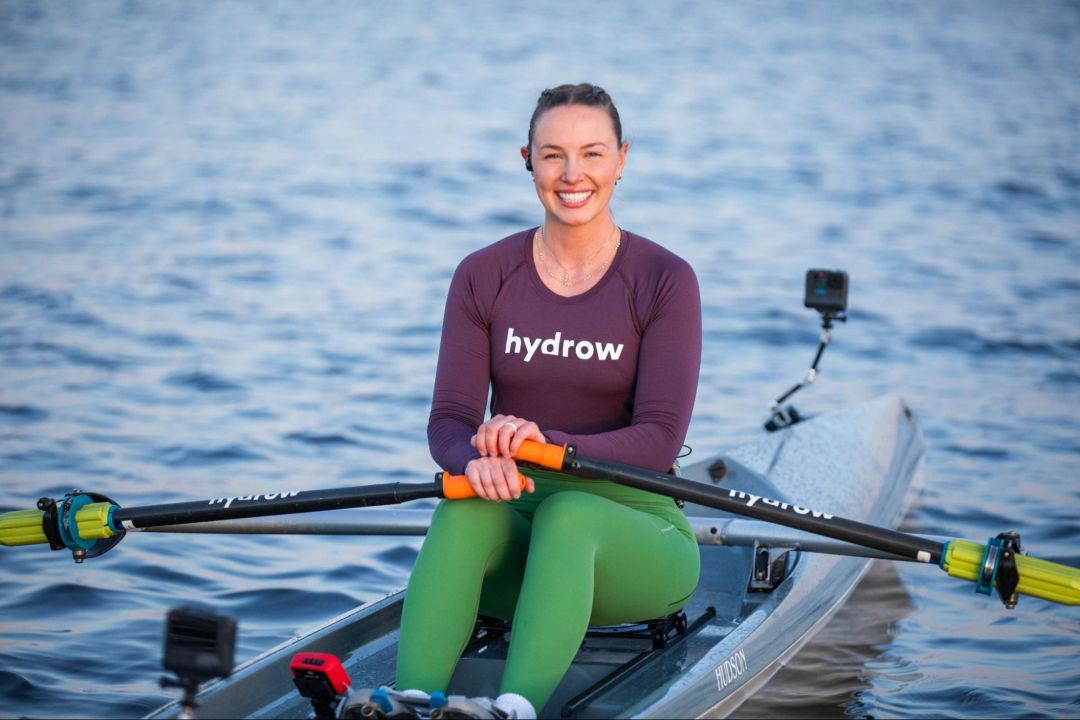
Did you know?
Over 90% of Hydrow members are still active one year later.
How long does it take to build glute muscle?
With consistent, targeted training of the glutes, you can expect to start seeing results in 6–8 weeks. Here are a few tips to accelerate glute growth:
Include glute training in your routine consistently. For example, you could do glute exercises two to three times a week, depending on your workout schedule.
Prioritize proper nutrition and hydration. Getting adequate calories and protein will help grow muscle, and staying well-hydrated enhances workout performance.
Maintain proper form and an even tempo when completing reps. This prevents momentum from taking over and reducing the effectiveness of your workout.
A sample workout to build glute muscles
Looking for some inspiration? Here’s a sample glute workout to get you started:
Sumo squats: 3 sets, 6–8 reps
Single-leg Romanian deadlifts: 2 sets on each leg, 8–10 reps
Glute bridges: 3 sets, 12–15 reps
Glute kickbacks: 2 sets on each leg, 8–10 reps
You can finish this routine with a banded hip rotation finisher, an exercise that burns out, or finishes off, the target muscle at the end of your workout. You’ll want to do as many of these as possible with good form.
Lie on your back with knees bent, feet flat, and a resistance loop around your thighs just above your knees.
Keeping your hips on the floor, engage your glutes and press your knees open against the resistance band as far as you can. Pause, slowly bring your knees back together, and repeat.
Engage your glutes today with Hydrow workouts!
Strong glutes support daily activities as well as athletic performance. If you're looking for a way to incorporate more strength training into your exercise routine, be sure to check out Hydrow.
Hydrow offers guided strength training workouts for every fitness level, all led by world-class Athletes who coach you through each movement and help you stay consistent. Additionally, our rowing workouts target 86% of your muscles with every stroke, delivering full-body training and real results.
Explore Hydrow’s strength workouts and see how far you can go.
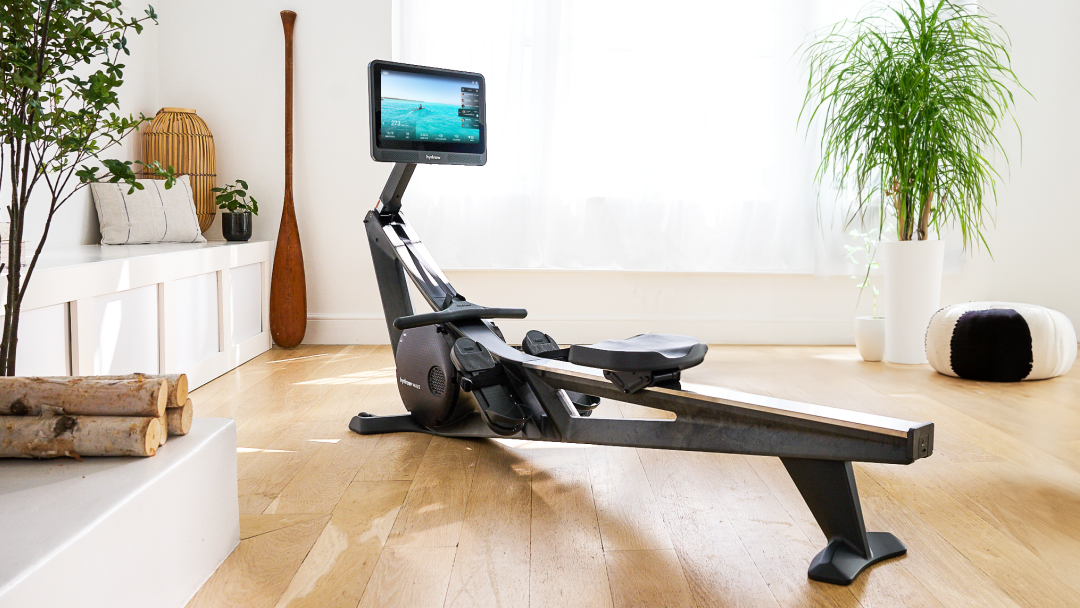
Real strength keeps moving
Learn how working out with Hydrow can help support a fuller, more active life.

